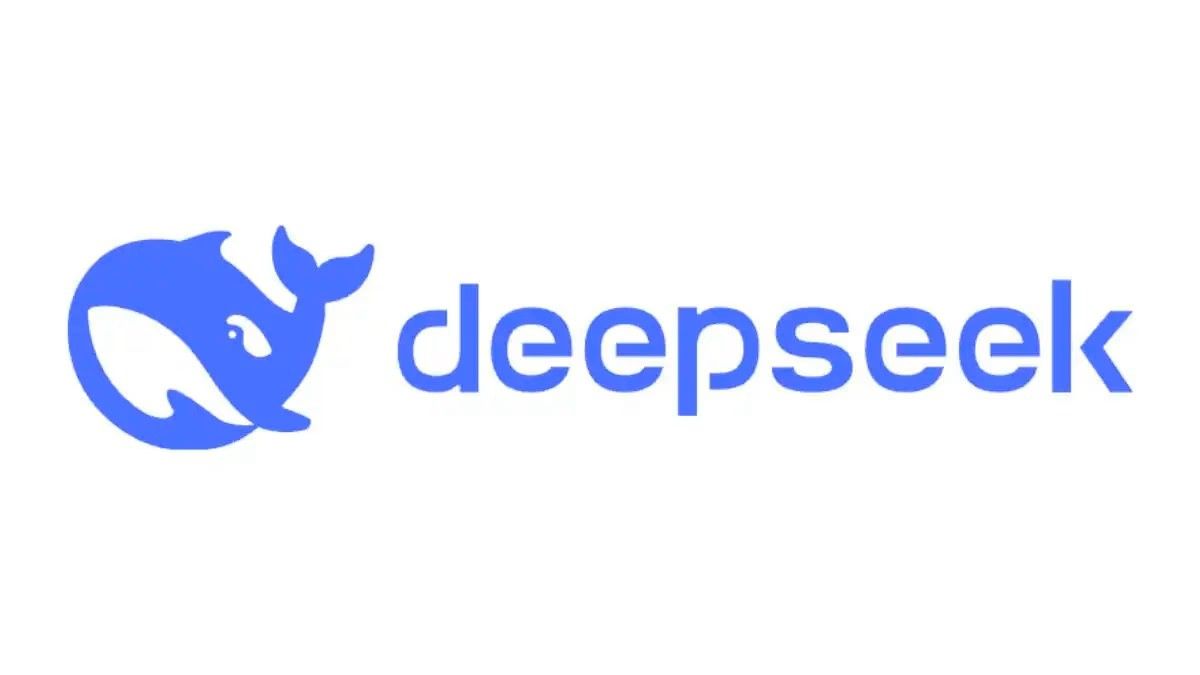Introduction — Deepseek 3.1 at a glance
Deepseek 3.1 is a 685-billion-parameter open-source model offering a 128,000-token context window and claims performance comparable to top proprietary systems while significantly lowering operational costs for use cases like coding and chat.
Quick definition: Deepseek 3.1 is a unified large language model designed to combine chat, reasoning, and coding capabilities into a single, deployable artifact.
Context
The quiet Hugging Face release demonstrated how a Hangzhou-based startup can compete technically with US firms by providing unrestricted global access; immediate community testing highlighted benchmark results that challenge proprietary alternatives.
Key technical features
- Parameters: 685 billion
- Context window: up to 128,000 tokens
- Precision formats: BF16 and experimental FP8
- Hybrid architecture: unified chat, reasoning, and coding
- Model size: ~700GB download
- Benchmark: 71.6% on the Aider coding benchmark
- Reported cost: roughly $1.01 per complete coding task
The problem / Challenge
Earlier hybrid models often degraded in quality when combining capabilities. Deepseek 3.1 aims to preserve high performance across tasks while offering faster response times than slower reasoning-focused models.
Solution / Approach
Deepseek employs a hybrid design and special tokens for web integration and internal reasoning, enabling a single model to handle diverse workloads with low latency and hardware-adaptive numeric formats.
Practical benefits for enterprises
- Lower operating costs than many API-based proprietary alternatives
- Ability to download and customize locally
- Speed improvements for interactive real-time applications
- Cloud hosting options can mitigate local infrastructure needs
Limits and risks
The download size and hosting requirements are non-trivial; open-source availability places responsibility for governance, security and regulatory compliance on adopters. Performance should be validated per workload.
Strategic impact
Deepseek 3.1 accelerates AI democratization by lowering access barriers and challenging subscription-based economics; incumbents must justify premium pricing through services, integration and compliance guarantees.
Conclusion
Deepseek 3.1 is a disruptive, efficient open-source model that combines large context, multi-capability performance and cost-effectiveness. Organizations should assess hosting capabilities, risk controls and specific workload performance before production use.
FAQ
- What is Deepseek 3.1 and why does it matter?
Deepseek 3.1 is a 685B open-source model with a 128k context window; it matters because it pairs frontier performance with unrestricted access and lower operating costs. - What hardware is required to run Deepseek 3.1?
The model requires substantial storage (~700GB) and suitable GPU/CPU resources or cloud hosting solutions depending on throughput and latency needs. - Is Deepseek 3.1 suitable for real-time applications?
Yes—its low-latency design and efficient token handling suit interactive use, but real-world validation is recommended. - What are the adoption risks for enterprises?
Main risks include infrastructure costs, governance for content and safety, and regulatory compliance for sensitive data processing. - How cost-effective is Deepseek 3.1 compared to proprietary models?
Community reports suggest much lower per-task costs (e.g., ~$1 for a coding task), though total savings depend on hosting and scale.
